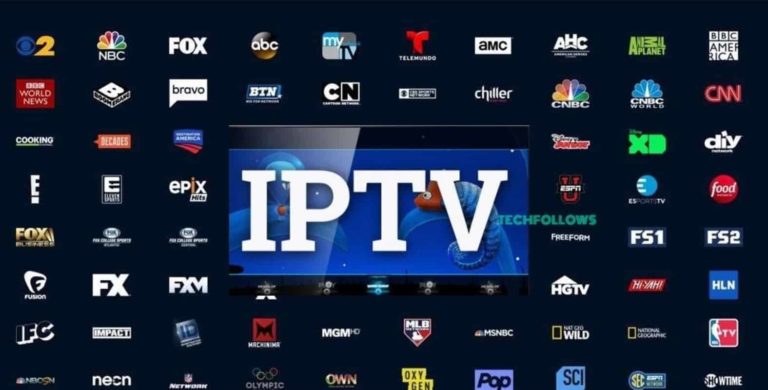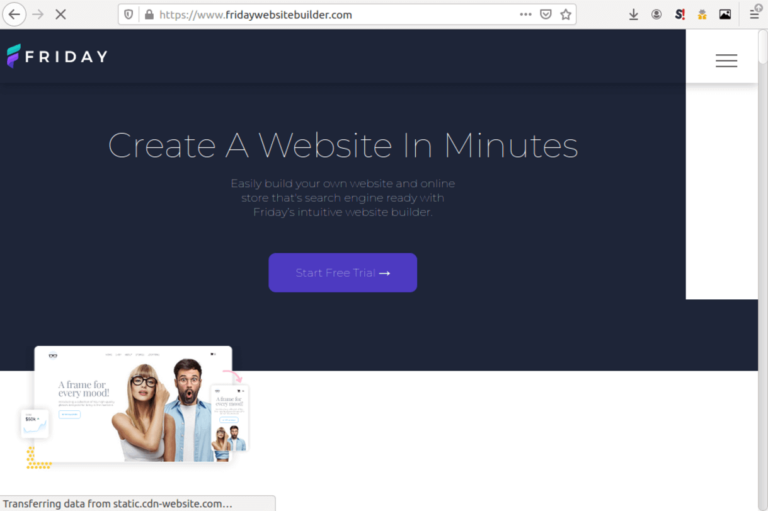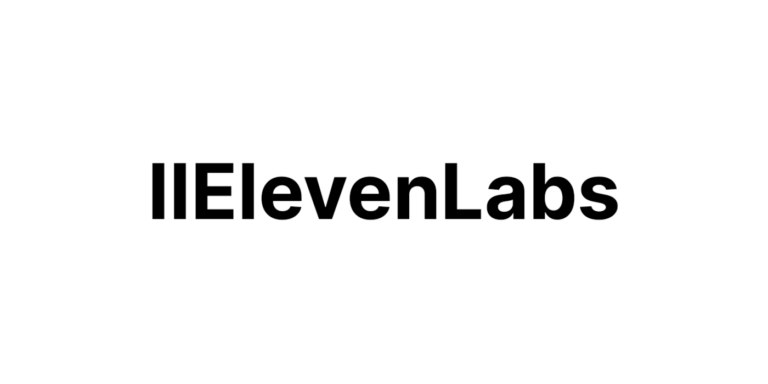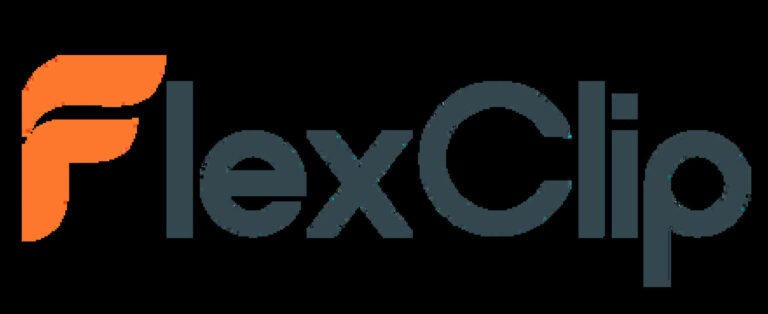10 Best CSS frameworks for developers and designers in 2025

CSS frameworks make the job of styling websites infinitely easier for developers and designers. They offer tested and solid style definitions that are easy to re-use.
A good CSS framework also helps your website display beautifully across the different browsers and devices out there. This process is called responsive web design and is especially important for mobile browsing.
Different CSS frameworks approach their tasks in different ways. Many use pure HTML and CSS, while others include JavaScript and even specialized JavaScript frameworks.
This post looks at the top CSS frameworks for designers and developers out there. It also looks at their strengths and weaknesses to help you reach the right development decision.
Top 10 CSS Frameworks
| Name | Highlights | Website |
|---|---|---|
| Bootstrap | Popular, free, active development | getbootstrap.com |
| Tailwind | Flexible, easy to use, powerful | tailwindcss.com |
| Foundation | Elegant code, UI components | get.foundation |
| W3.CSS | Simple, concise, fast, templates | w3schools.com/w3css |
| Bulma | Easy, powerful, many components | bulma.io |
| Miligram | Minimalist, only 2kb | milligram.io |
| UIKit | Lightweight, modular, jQuery | getuikit.com |
| Skeleton | Simple, easy, responsive | getskeleton.com |
| Material UI | React & Material Design based | mui.com |
| Semantic UI | Extensive features, beautiful designs | semantic-ui.com |
1. Bootstrap
Strengths: Popular, lots of components, great community
Weaknesses: Combines JavaScript, too many classes to learn
Website: getbootstrap.com
Bootstrap is the most popular CSS framework, with millions of developers using it regularly. It lets you quickly design and customize websites, using an extensive library of components.
This framework came to life from the developers at Twitter. And in addition to providing ready-to-use visual components like divs, boxes, and navigation. It also comes with JavaScript functionality for forms, buttons, animations, and so on.
The current version is 5.1.3 and includes all modern features like Sass variables and mixin, the Bootstrap Icons SVG library, jsDelivr support, and an extensive themes library.
Bootstrap’s strength also contributes to its weakness. And that is the availability of so many classes and components that new developers will need some time to learn. There are so many names and concepts to learn, one can easily get overwhelmed.
Secondly, you get to use the default templates mostly as they come. And this reduces creativity, leading most Bootstrap sites to look similar.
However, if you are looking for a single front-end framework to speed up your web design and which comes with everything you need for looks and functionality, then you cannot go wrong with Bootstrap.
2. Tailwind
Strengths: Design freedom, originality
Weaknesses: Lacks components and pre-made UIs
Website: tailwindcss.com
Where Bootstrap demands that you follow pre-laid conventions, Tailwind offers you the freedom to design your project the way you see fit.
The goal here is a fast and easy-to-use styling language that is as close to original CSS as possible. This means you can simply enter your Tailwind definitions right into your HTML without much distraction.
You just need to understand how Tailwind is structured, then while designing your HTML components, simply enter the right class names to get what you want. These class names are so intuitive, easy to learn, and flexible.
The framework is mobile-first, responsive, and automatically removes all unused CSS during production build. So, you are left with a tiny but powerful CSS file.
One downside with Tailwind though, is that, unlike Bootstrap, you do not get pre-built components that you can just copy their codes and paste. But if your goal is creating custom websites that stand out and are responsive, then Tailwind CSS might be for you.
3. Foundation
Strengths: Elegant code, UI components, animations
Weaknesses: Not beginner-friendly
Website: get.foundation
The Foundation framework combines the elegance of Tailwind with the extensive UI components of Bootstraps to create an easy-to-use, but still, highly customizable framework.
Developed by ZURB in 2011, Foundation also offers tools for responsive email designs. It supports Sass, plugins, navigations, typography, controls, containers, and JavaScript with JQuery.
There are also basic templates for beginners and experienced uses alike. Plus, you can get certification from the ZURB team, and many big brands use Foundation for their sites.
But while this framework provides the flexibility and freedom to do what you want, backed by plenty of UI components, you should note that it is not particularly beginner-friendly.
4. W3.CSS
Strengths: Simple, concise, elegant, templates
Weaknesses: No components
Website: w3schools.com/w3css
Minimalists and experienced developers will appreciate the simple, yet efficient and elegant design of W3.CSS, the free framework from the lovable W3Schools developer tutorial website.
This framework is concise, straight to the point, modern, and purely CSS-based. There are no JavaScript bindings, no best-practices mantra, and no complex conventions to remember either.
While the W3.CSS framework is easy to learn for beginners, experienced developers with solid HTML and CSS knowledge will also appreciate it. As it helps you to do your ‘thing’ without getting in the way.
The framework covers everything from colors to boxes, hover effects, containers, responsive design, drop-down menus, and so on. The only issue is that you must know your JavaScript if you want extra functionality. But the good news is that you can use any JS flavor of choice – from vanilla to modern libraries like React.
5. Bulma
Strengths: Easy, lots of components, extensive
Website: bulma.io
If you love Bootstrap, but just wished there were fewer conventions and class names to memorize, then maybe you should check out Bulma.
Though still relatively new and in version 0.9.3, Bulma truly competes with other CSS frameworks. It is responsive, comes with pagination, cards, navbar, and other components. It also includes smaller elements like box, button, delete, notification, and so on.
There are form elements and layout elements like footer, tiles, and container. But where Bulma shines is its class syntax. Everything is so simple, so natural, and easy to remember.
Bulma also supports Sass, Font Awesome 5, and is arguably so easy to learn that you can pick up the syntax in just a few minutes. The framework is the work of Twitter user @jgthms.
6. Milligram
Strengths: Minimalist approach, only 2kb gzipped
Weaknesses: Lacks extensive components
Website: milligram.io
Developers who want to optimize their website or app for speed and performance will want to keep everything to a minimum. And this is where Milligram comes in.
Milligram is only 2kb in size, and that’s gzipped. This contrasts to most other CSS frameworks that are 20kb or more, on average. And makes it a good candidate for creating super-fast pages.
The framework is mobile-first and responsive. It features a flexible box grid, lists, buttons, tips, highlighting, and so on. Plus, it is tested and works beautifully on all popular browsers.
Although Milligram lacks the bells and whistles of the more elegant frameworks. It makes it all up in speed and efficiency.
7. UIKit
Strengths: Free, modular, jQuery, LESS & Sass support
Weaknesses: JavaScript dependent
Website: getuikit.com
UIKit is a free and open-source CSS framework that integrates jQuery for JavaScript, and LESS and Sass for extendable CSS coding.
The framework is responsive, with a mobile-first approach. It also comes with lots of components that are easy to customize to your needs.
These components include everything from sliders to sortable lists, stickies, accordions, text, animation, comments, dropdowns, and so on. All popular web browsers are also supported, and this includes the latest versions for most.
You should note that UIKit depends to a large extent on JavaScript. So, if you are looking for a less JavaScript-dependent framework, then it might not be for you.
8. Skeleton
Strengths: Lightweight, simple
Weaknesses: Not ideal for large projects
Website: getskeleton.com
If you need a simple and lightweight CSS framework that you can immediately get to work with on small projects, then Skeleton might be an option for you.
There is no fancy stuff. Just basic styling for core HTML elements that are equally responsive. It comes with a 12-column grid, different sizing for typography, buttons, forms, and lists.
Note that the goal here is not to create amazing or beautiful sites. Rather, it is a simple CSS base that you can easily start working with.
9. MUI/Material UI
Strengths: React & Material Design based
Weaknesses: Needs ReactJS & JSX knowledge
Website: mui.com
This framework is based on the principles of Google’s Material Design and provides a system for ReactJS developers to quickly spin up web projects in no time.
It features an extensive library of ReactJS components that are ready for production. All you have to do is initialize, and that’s it. In addition to the free core components, Material UI also offers templates, design kits, and advanced components for a price.
The free, community version is open source and MIT licensed. It is called MUI Core and includes @mui/base with basic unstyled components and react hooks, @mui/material for components following Material Design principles, and @mui/system for rapid custom design layouts.
MUI is mobile-first, comes with extensive documentation, and currently sees over 2 million weekly npm downloads.
10. Semantic UI
Strengths: Extensive features, beautiful design framework
Website: semantic-ui.com
For those looking to build beautiful websites with unique styles and eye candy, Semantic UI could be the framework that you are looking for.
It comes with over 3,000 theming variables, 50+ UI components, and a design approach that makes it easy to build amazing pages.
Semantic features elements like a container, button, header, image, and so on. It also features collections like menus, breadcrumbs, and tables. Then, there are modules like accordions, drop-downs, progress bars, and so on.
The framework additionally offers views like cards, adverts, and statistics. As well as behaviors like API handling, form validation, and visibility issues like lazy images, infinite scrolling, and sticky headers.
Conclusion
We have reached the end of this list of the top 10 CSS frameworks for developers and designers. And as you can see, there is something for every type.
While Bootstrap remains the most popular option for most developers, your personal choice may depend on your project and development goals. So, the choice is up to you.
Additional resources:




